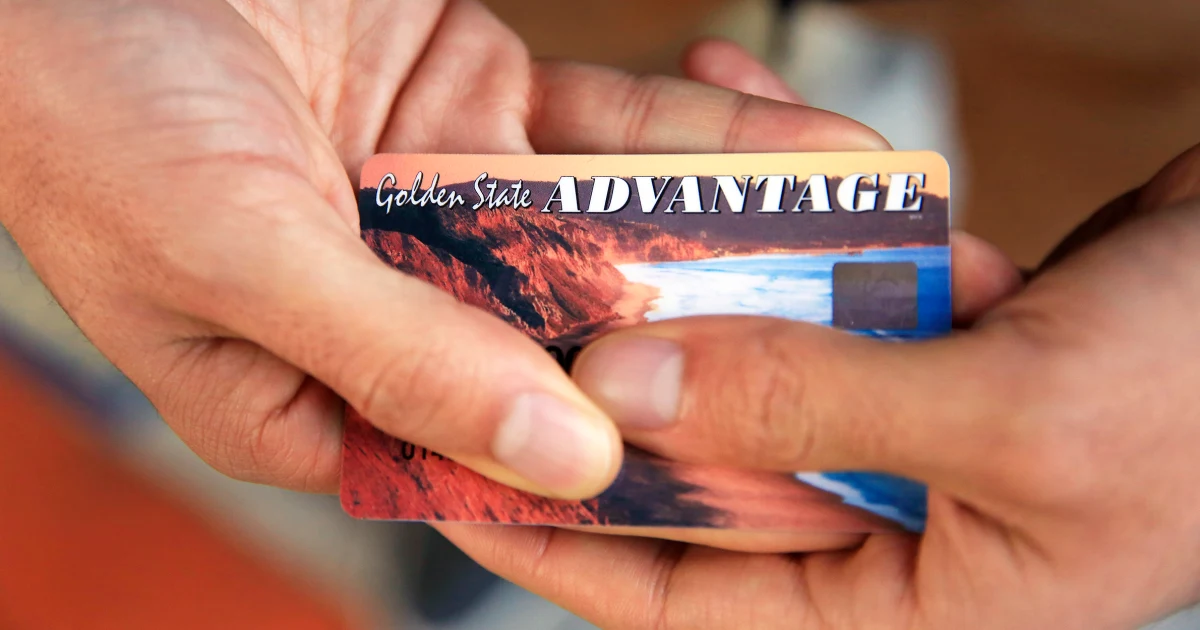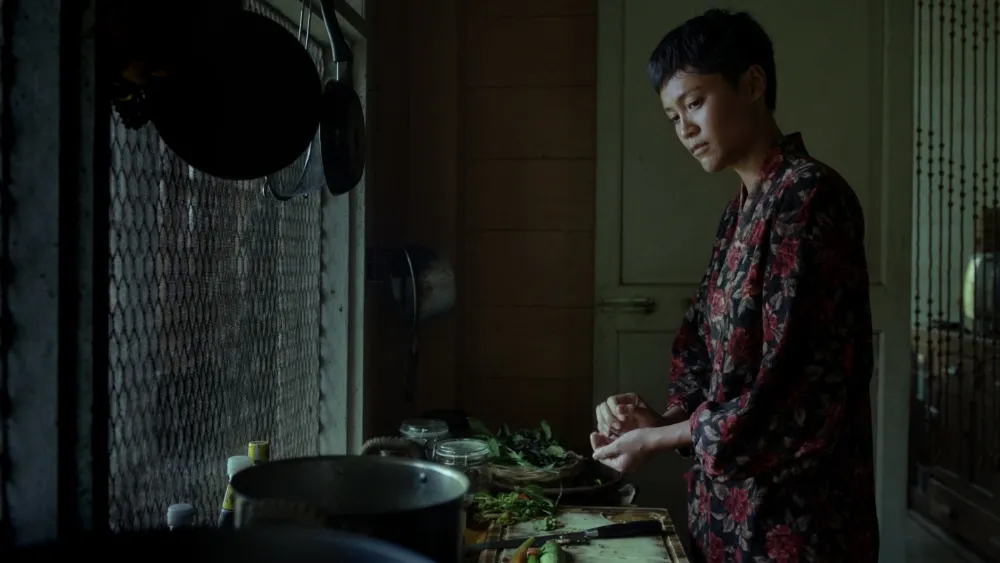Copyright anphoblacht

Some sections of the Irish political establishment tried to derail Catherine Connolly’s presidential election campaign by resorting to the ‘project fear’ playbook. They failed. Instead she rose above the attempts to smear her with dignity personified. Her personal qualities shone through. In the end she won by a decisive landslide. Hope and optimism prevailed over despair. Polling in the last two weeks of the campaign indicated that her candidacy had real momentum. But in reality, the size of her mandate to be elected Uachtarán na hÉireann tapped into something deeper. Catherine Connolly ‘caught the wind’. She struck a chord deep within Irish society. She became a mirror which reflected back to Irish people our innate values of compassion, concern and solidarity. She spoke in terms which people understood and about the issues which matter to them. Her campaign was authentic and human. It projected a vision of a caring, inclusive society; of a new, united republic. One which goes beyond the inequalities, divisions, and partition of present day Ireland. The soon to be inaugurated President Connolly showed that she truly understands the cost of living crisis, the pressures and hardship for workers and families, and the inequalities and exclusion endured by the homeless and disabled citizens. She highlighted the need to create a future of new horizons and opportunities for our young people at home in Ireland. By standing to become the next President of Ireland, she gave the electorate a choice; an alternative to the systemic failures of the current conservative coalition. Ireland’s history of colonisation and our deep solidarity with the Palestinian people played directly into this campaign. So too did the importance of Ireland’s neutrality and our proud tradition of defending international peace. Huge sections of Irish society have been politicised and mobilised by the genocide and occupation in Palestine, and by the suffering of the people in Gaza. Catherine Connolly instinctively connected with that popular mood. Her commitment to the use of Gaeilge powerfully resonated with the growing movement, especially among young people at home and abroad, to promote the Irish language in the life of the nation. Never before has a presidential campaign in the southern state focused upon the growing momentum for Irish unity. It became another key illustration of the island wide discussion about Ireland’s future. The politics of constitutional change were front and centre. The need for the Irish government to meet its constitutional and political obligation to plan and prepare for reunification became integral to this campaign. Catherine Connolly promised to become a champion for a united Ireland during her term in office. During her campaign all of these critical themes came together in a coherent narrative espousing progressive, democratic, inclusive, and people-centred transformation. This election inspired a popular alliance for change. While Catherine Connolly stood as an independent candidate, her values and ambition became a lightning rod which forged a remarkable coalition among parties of the political left, progressive independents, and important sections of civic society, including rights groups and the Irish trade union movement. Cooperation between left and progressive parties has been growing since the last Irish general election. There is an increasing realisation that there is much more upon which to unite than divide. A recognition that shared ambition can only be achieved through joint collaboration. The transformation of Irish society, an end to the failure of partition, and creation of a new, united republic which serves the many, is a collective challenge which depends upon building alliances, and cooperation among and between progressive political parties, and wider society. The huge support to elect Catherine Connolly proves that this approach can deliver landmark gains. People want an alternative that not only works but wins. Her campaign represents an historic watershed because it mobilised such an effective political coalition and resonated with so many Irish citizens who could vote, as well as those hundreds of thousands of us in the north of Ireland and in the diaspora who are still denied the right to elect our president. This must be the last time we are denied that right as Irish citizens. It is still too early to say if this presidential campaign heralds a new realignment in Irish politics. However, it does show the potential clearly exists to do so; and, for the replacement of this failed conservative coalition government at the next general election. Catherine Connolly gave expression to a narrative and values of real social, economic and national change which connected with 63% of the electorate. That engagement has to be deepened. But outreach will also be needed with the significant numbers of voters who felt disenfranchised and did not vote. That bloc of the electorate is not monolithic. The challenge for all parties of the left and progressive civic society which are committed to political transformation is clear. We must immediately unpack the lessons from the election of President Connolly. Then we have to translate them into successful strategies which will attract the popular support to elect a left republican government committed to delivering Irish unity. The message for us all is surely, to keep ‘catching the wind’.



